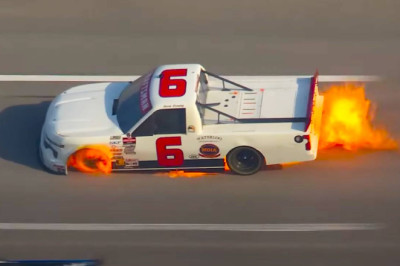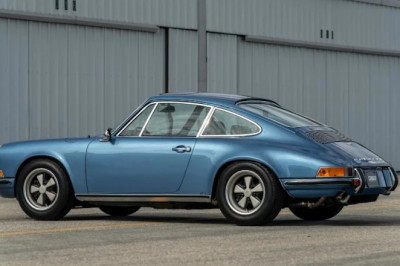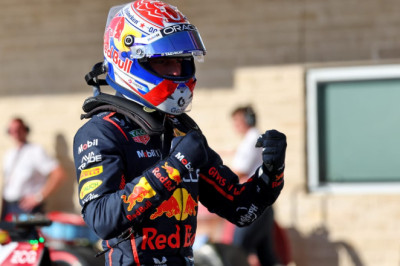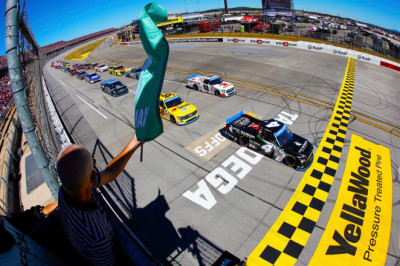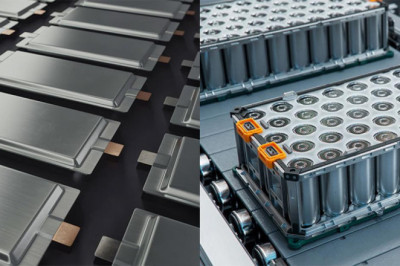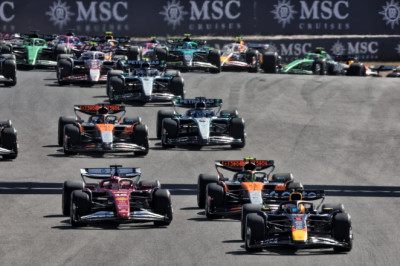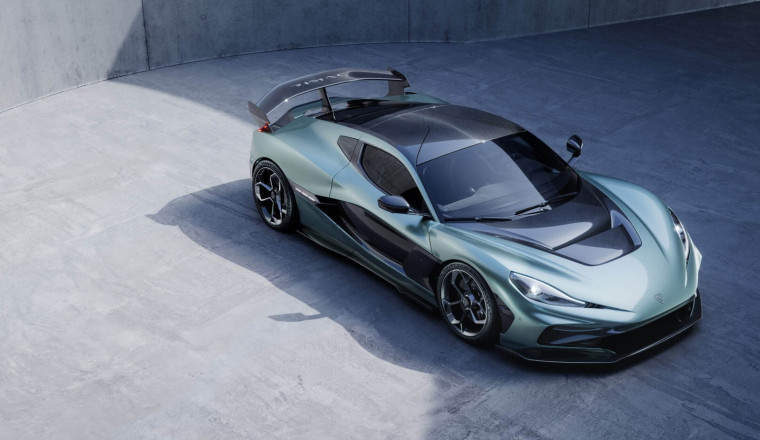
Financial Performance and Profitability
-
Rimac Group (holding company) revenues: €9.6 million in 2023 (most recent reported), down 23%, with a net loss reduced by 29% to €12.7 million as company consolidates operations and expands investment in R&D.
-
Bugatti Rimac revenues: €150.4 million in 2023, down 20% compared to prior year, net loss €16.1 million. Consolidated revenues (including Bugatti Automobiles in France) reach €319 million.
-
Rimac Technology revenue: €99 million in 2023, up 33% YoY, with losses narrowed by 7%. This division focuses on battery systems, eAxles, and electrification components for premium automakers.
-
Asset base: Rimac Group boasts over €1 billion in assets, with negligible debt, allowing internal financing of growth and investments.
-
Capital investments: Significant investments in Rimac Campus (€300 million+ project), industrialisation, R&D, and workforce expansion (13% employee growth year-on-year).
-
Strategic partnerships: New major contract with BMW for high-voltage battery systems production; ongoing talks for other large-scale projects.
-
Challenges: Overall group and Bugatti Rimac revenues faced declines, partially due to ongoing restructuring and market conditions.
Vehicle Sales and Production
| Region | Revenue (€ Million) | Share (%) |
|---|---|---|
| Europe (including EMEA) | Significant share incl. Bugatti Rimac's base | ~50%+ |
| North America | Growing share via exports and partnerships | ~20-25% |
| Asia-Pacific & Others | Smaller but increasing contribution through technology sales | ~15-20% |
| Other Regions | Remaining share, including upcoming markets | ~10-15% |
-
Vehicle production: Focus on limited-volume hypercars like Rimac Nevera and Bugatti models, with expansions at the Rimac Campus increasing manufacturing throughput.
-
Sales volume: Not publicly disclosed independently; emphasis lies on ultra-luxury limited run models.
-
Rimac Technology: Increasing production for advanced EV components and battery systems, supporting wider global automaker clients.
-
Workforce: Over 2,100 employees across Rimac Group and subsidiaries, with increasing headcount focused on tech innovation and production scale.
Regional and Global Sales Performance
-
Revenue declines in some segments reflect global volatility but offset by growth in technology supply contracts and product innovation.
-
Rimac’s expanding role as a technology supplier positions it strongly for future growth beyond its core hypercar business.
-
Bugatti Rimac consolidation brings premium hypercar legacy and Rimac’s electric powertrain expertise under one umbrella, aiming to dominate the ultra-luxury and EV performance market.
Profitability and Cost Factors
-
Losses have been reduced through operational efficiencies and focused investments in core technology areas.
-
Higher R&D and capex investments to support electric vehicle technology leadership, battery system manufacturing, and production facility expansion.
-
No material debt indicating strong internal financing capabilities.
Debt and Liquidity
-
Rimac Group maintains negligible debt with assets exceeding €1 billion.
-
Funded growth through major equity investments from partners including Porsche, SoftBank, Goldman Sachs, Hyundai, and others.
-
Strong liquidity supports capital-intensive R&D and production expansion strategies.
Best Selling Vehicles: Overview and Profit/Loss Status
| Model | Sales/Production Status | Notes |
|---|---|---|
| Rimac Nevera | Flagship electric hypercar, limited production | Award-winning performance hypercar |
| Bugatti Models | Continues traditional ultra-luxury models | Integration with Rimac electrification tech |
| Future Models | Development ongoing for expanded electrified portfolio | Next-gen high-performance EVs planned |
-
Focus remains on ultra-luxury electric hypercars with strong technological innovation.
-
Upcoming launches and portfolio expansion expected to support sales growth post-2025.
Weakest Performers and Segment Underperformance
-
Revenue decreases in some legacy areas and traditional vehicle sales amid transition to technology and electrification.
-
Market volatility and restructuring impact some short-term financials but positioned for medium-term stability.
Key Financial and Operational Metrics
| Metric | Value | Notes |
|---|---|---|
| Assets | €1+ billion | Strong balance sheet, mostly equity financed |
| Net Losses | Reduced YoY | Improvements through efficiency measures |
| R&D Spend | Significant | Focus on electrification tech and production capabilities |
| Capital Expenditure | Large ongoing | Campus buildout, tech investment |
| Workforce | ~2,184 employees | 13% YoY growth focusing on tech and production |
Industry Outlook and Strategic Focus
-
Positioned as a leader in electrification, hypercar innovation, and advanced EV technology supply.
-
Expansion of production at Rimac Campus to boost vehicle and component output.
-
Strategic partnerships with major OEMs support diversification and scale.
-
Focus on sustainable growth, continued investment in R&D, and capturing ultra-luxury EV market leadership.
Key Takeaways
-
Rimac Group is growing as a premium electrification technology and hypercar leader with a strong balance sheet and expanding asset base.
-
Despite recent revenue declines in some subsidiaries, overall company investment and employee growth signal strong future momentum.
-
Integration with Bugatti Rimac strengthens its global ultra-luxury automotive influence.
-
Strategic contracts like the BMW battery system deal highlight its evolving role as a key technology partner.
-
The full impact of investments in Rimac Campus and new model developments are expected to manifest in accelerated growth beyond 2025.
Sources
The overview of Rimac Group’s financial and operational performance was compiled primarily from the following authoritative sources:
-
Official Rimac Group and Bugatti Rimac press releases and financial disclosures
-
Market analyses and financial agency reports (Fina)
-
News coverage from Total Croatia News, industry reports, and company statements
These sources together provide the most accurate, up-to-date, and detailed insights into Rimac’s financial condition, segmental performance, and strategic outlook for 2025 without reliance on third-party aggregated data.
Summary
Rimac’s 2025 financial and operational landscape reflects a company balancing revenue challenges in certain segments with aggressive investments in electric vehicle technology, production capacity, and strategic partnerships. With an asset base exceeding one billion euros, negligible debt, and expanding workforce, Rimac Group is well positioned to lead in the ultra-luxury electric hypercar and advanced EV technology space. The partnership-driven expansion with Bugatti and growing technology contracts suggest a promising growth trajectory into the latter half of the decade.






